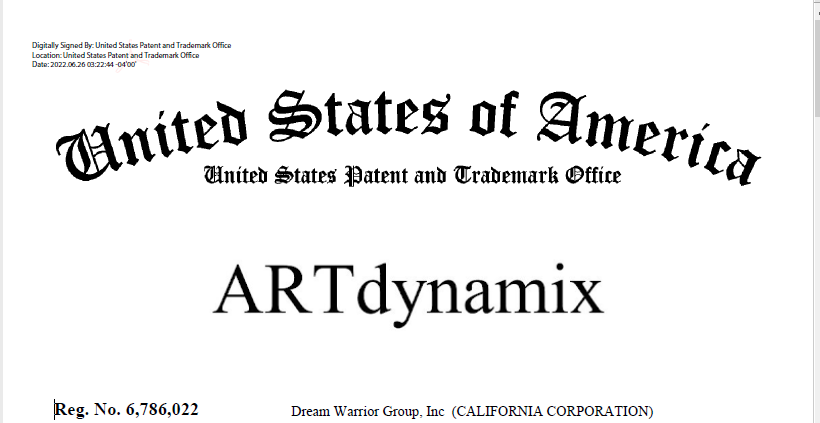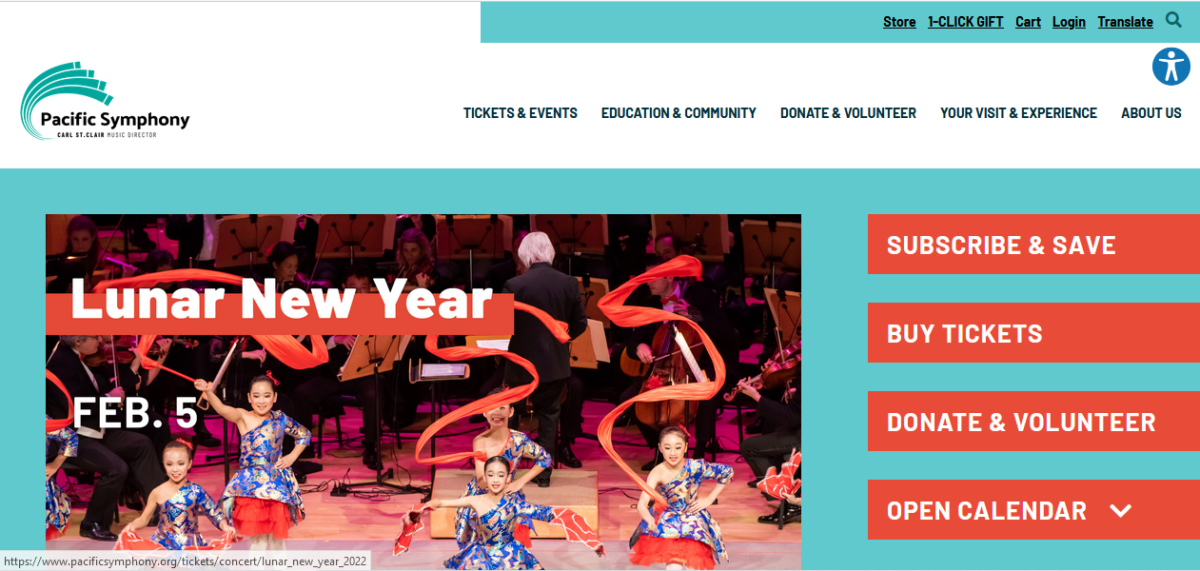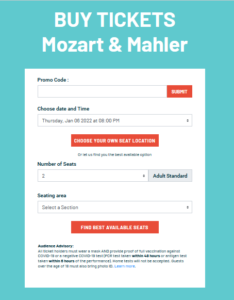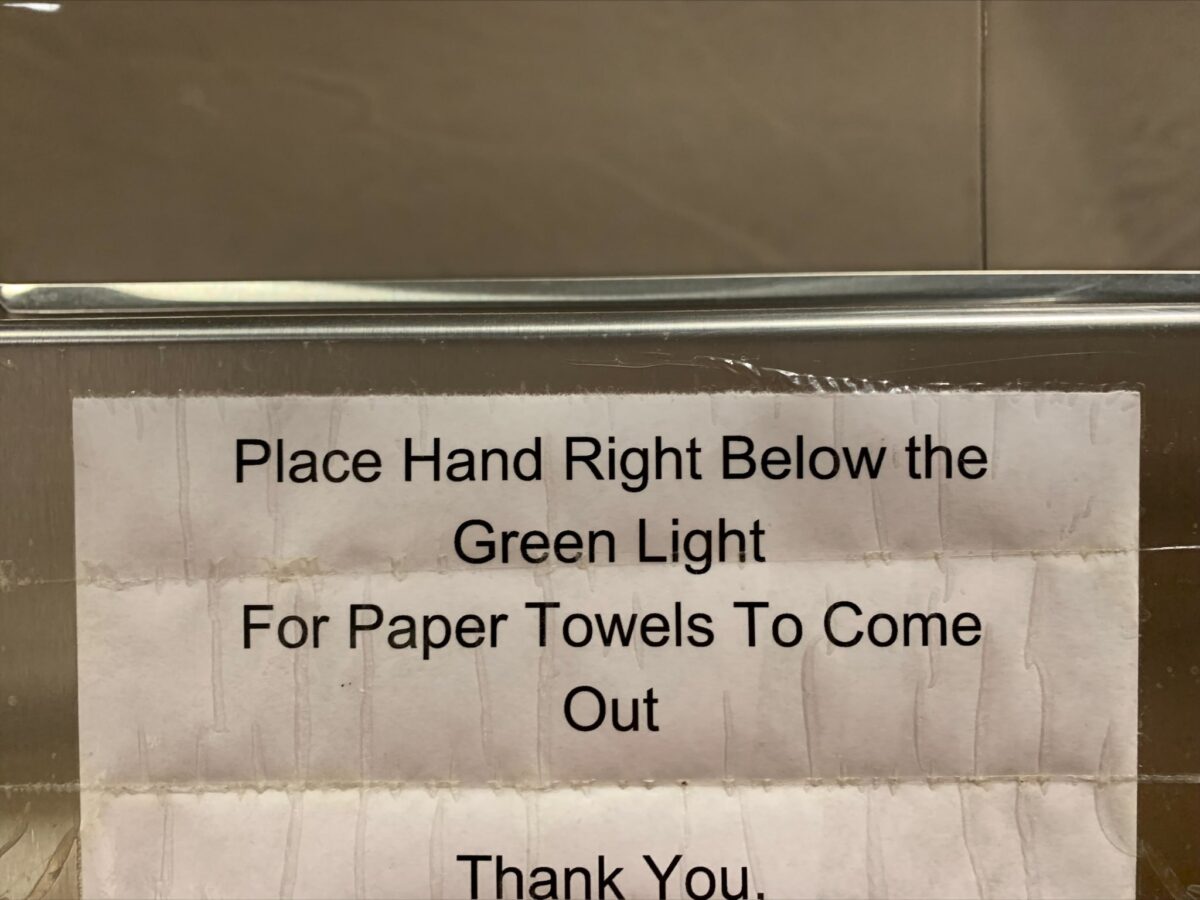DWG is thrilled to announce the arrival of Dottie Hunter to our team. Dottie  has worked in the Arts and Technology field for over 10 years — and that’s how we met and saw her great work. Now, our clients and prospective clients will have the opportunity to work with Dottie to find the right fit within DWG’s diverse set of products and services.
has worked in the Arts and Technology field for over 10 years — and that’s how we met and saw her great work. Now, our clients and prospective clients will have the opportunity to work with Dottie to find the right fit within DWG’s diverse set of products and services.
Dottie can be reached at: dottieh@dreamwarrior.com or 818.538.8846
Dottie has over 20 years of consulting and sales experience focusing on SaaS business solutions, including 10+ years consulting with the performing arts and live entertainment organizations interested in SaaS business solutions for ticketing, marketing, fundraising, reporting, and CRM options. She is focused on understanding the clients’ business needs, short term and long term, then mutually determining best options to improve processes, enhance their customers experience, and drive revenue growth.
Dottie has a Bachelor of Science in Business and Liberal Arts.
Fun Fact: When she moved from Boston to Phoenix 5 years ago, she went from spin classes in the gym to outdoor cycling and never looked back. She surprised herself and her Boston friends when she started joining local bike races, including a Century Ride. Who knew?






